What is the average depth of a floating shelf? It’s a common question among homeowners, interior decorators, and DIY enthusiasts looking to add both style and function to their living spaces. Floating shelves offer a sleek, minimalist look while providing essential storage and display solutions. But to ensure they serve their purpose without overwhelming your room or falling short of your needs, understanding their dimensions, especially depth, is key. In this blog post, we’ll explore everything from typical depth measurements to other vital factors like shelf spacing, installation considerations, and why SpryInterior is the right partner for your shelving needs.
1. Understanding Floating Shelf Dimensions
When selecting floating shelves, knowing the range of available dimensions helps ensure a perfect fit for your space.

Typical Depth Ranges and Use Cases
Most floating shelves come with a depth ranging between 6 to 12 inches, which accommodates most household needs. A 6-inch depth is typically used in bathrooms or hallways where space is limited. It’s enough for small items like candles, decorative jars, or picture frames. For kitchens and living rooms, shelves around 8 to 10 inches deep are ideal for holding books, dishes, and decor pieces. If you’re aiming for more substantial storage, like displaying art pieces or storing media equipment,12-inch shelves offer the depth you need without protruding too far into the room.
Factors That Influence Shelf Depth
The type of items you intend to store or display plays a huge role in determining the ideal shelf depth. For instance, if you're styling a shelf above your desk, you may only need a 6-inch depth for stationary holders or a small plant. In contrast, kitchen shelving may require up to 10 or 12 inches to support dinnerware. Wall space also matters, narrow hallways can benefit from slimmer profiles, whereas expansive walls in living or dining rooms may accommodate broader shelves.

Material and Support Considerations
Not all shelves can safely support deeper loads. Wood is a popular choice, but thicker, more robust materials are necessary as depth increases. The deeper the shelf, the more stress placed on the mounting brackets and wall structure. That’s why proper anchoring and choosing high-quality materials go hand in hand with deeper designs. An 8-inch shelf made of solid oak will support more weight than a similarly sized shelf made of particleboard or MDF.
2. How to Choose the Right Shelf Size
Beyond depth, you’ll need to consider the height, width, and spacing of shelves to achieve both functionality and aesthetic harmony.

What sizes do floating shelves come in?
What sizes do floating shelves come in? The most common shelf lengths range from 12 to 48 inches, although custom options can extend beyond 60 inches. Shorter shelves are ideal for accenting tight areas like corners or nooks, while longer shelves provide a bold statement and expansive storage in larger rooms. Heights typically vary between 1.5 to 2.5 inches, offering a sturdy profile without appearing too bulky.
Matching Shelf Size to Room Type
In the bathroom, a smaller 6-inch deep and 18-inch wide shelf may be all you need. For kitchens, a pair of 10-inch deep, 36-inch wide shelves above a counter can store spices, mugs, or cookbooks. In living rooms or home offices, longer and deeper shelves help organize books, tech accessories, or display family photos in a tidy yet stylish way.
Custom Sizes for Unique Spaces
Some rooms call for unique solutions. Sloped ceilings, recessed walls, or corner areas may benefit from customized floating shelves that deviate from standard sizing. Bespoke shelving allows homeowners to fully utilize unconventional wall space without compromising on style or stability. Measuring carefully and consulting with design experts ensures your shelves fit seamlessly into your space.
3. Installation & Placement Best Practices
Installing floating shelves isn’t just about drilling into the wall, it involves thoughtful spacing and planning to maximize their potential.

What is the measurement between floating shelves?
What is the measurement between floating shelves? A good rule of thumb is to leave 10 to 15 inches of vertical space between each shelf. This spacing accommodates most decorative items and books without making the arrangement feel crowded. For example, in a kitchen or dining room, 12 inches between shelves is ideal for stacking plates or displaying jars. In a living room, more generous spacing can give an airy, gallery-like effect.
Consider Eye-Level Viewing and Reachability
Shelves that are too high or too low disrupt usability and visual appeal. Typically, the center of a floating shelf arrangement should sit around 57 to 60 inches from the floor, which aligns with standard eye level. Shelves in the kitchen or bathroom, however, might follow the height of the counter or backsplash as a reference point. For taller arrangements, ensure the top shelf remains accessible without a stool.
Leveling, Anchoring, and Weight Support
Always use a level during installation to avoid crooked lines. Anchoring into wall studs or using heavy-duty wall anchors is essential, especially for shelves deeper than 8 inches or bearing significant weight. Proper installation not only improves safety but also protects your wall from damage caused by sagging or detachment over time.
4. Why Choose SpryInterior for Your Floating Shelf Needs
When you're investing in floating shelves, it's not just about utility, it’s also about style, craftsmanship, and long-term satisfaction. Here's why SpryInterior stands out.

Quality That Speaks for Itself
SpryInterior is committed to using premium materials that combine beauty with durability. Whether you prefer rustic reclaimed wood, clean-lined modern finishes, or elegant natural grains, each shelf is made with precision. Their attention to detail ensures your shelves won't just look good, they’ll perform for years to come.
Tailored to Your Taste and Space
Unlike mass-produced shelves that force you to adapt to them, SpryInterior offers custom sizing and finish options to match your exact vision. Whether your space calls for a narrow 6-inch display ledge or a bold 12-inch storage shelf, you’ll find solutions that feel tailor-made. Their design team is available to help you measure, plan, and choose the right configuration for any room.
Excellent Customer Support and Install Guidance
Floating shelves can be intimidating to install on your own, especially if you're unfamiliar with stud finders or anchors. That’s why SpryInterior provides easy-to-follow instructions and personalized advice to make the process smooth. Their customer support team is responsive, knowledgeable, and eager to help you get the most from your purchase.
Conclusion
So, what is the average depth of a floating shelf? While depths generally range between 6 to 12 inches, the best option for your home depends on your space, intended use, and aesthetic goals. Whether you’re styling a minimalist entryway or creating a statement wall in your living room, the dimensions, and their thoughtful implementation, make all the difference. Along the way, understanding key questions like what sizes do floating shelves come in, what are the standard sizes for floating shelves?, and what is the measurement between floating shelves? helps you make informed decisions that balance form and function.
And when it comes to sourcing high-quality, beautifully crafted shelving, SpryInterior’s Floating Shelves offer unmatched elegance, reliability, and customization. From cozy apartments to spacious homes, they bring both practicality and charm into your everyday life, one perfectly sized shelf at a time.


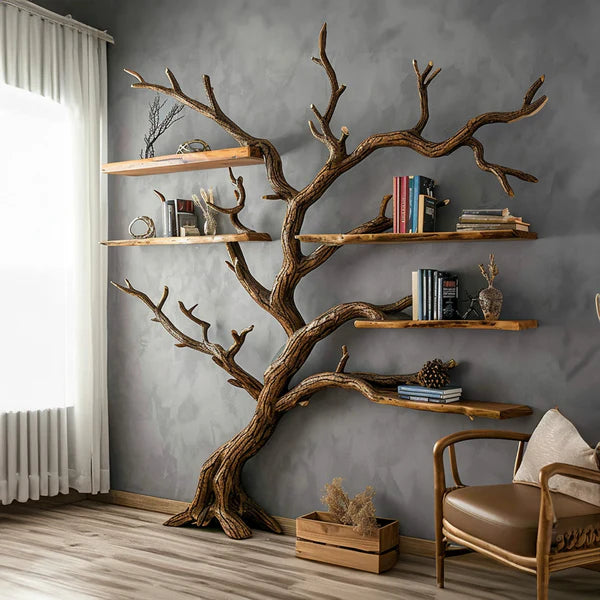
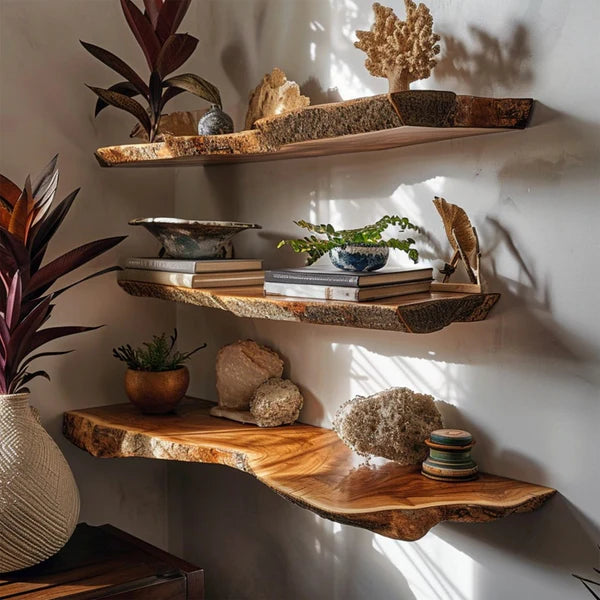
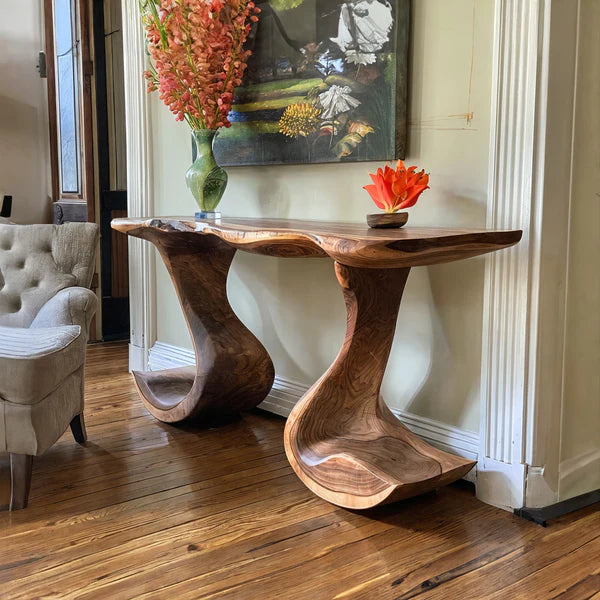
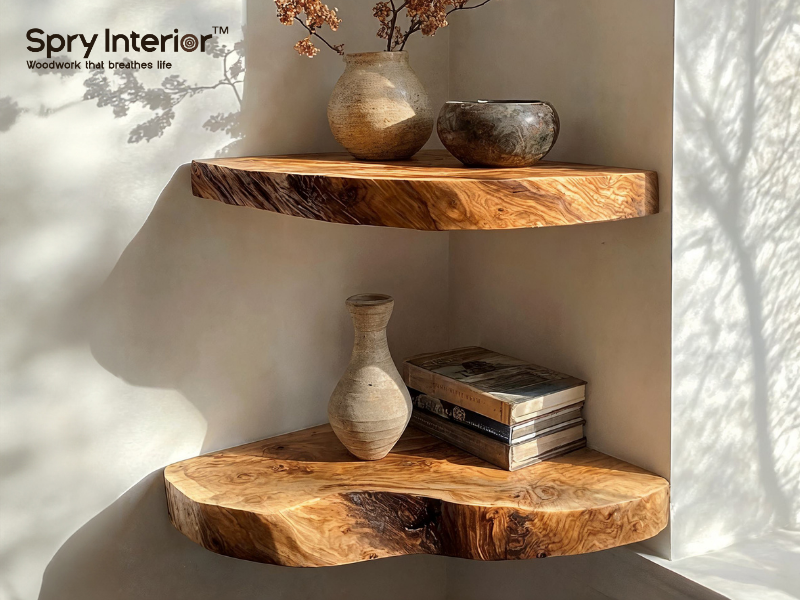
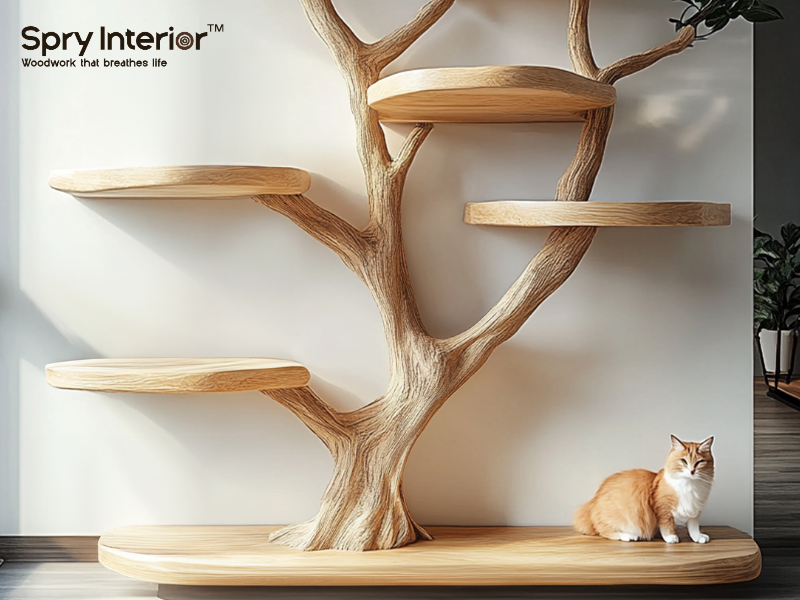
Leave a comment
This site is protected by hCaptcha and the hCaptcha Privacy Policy and Terms of Service apply.